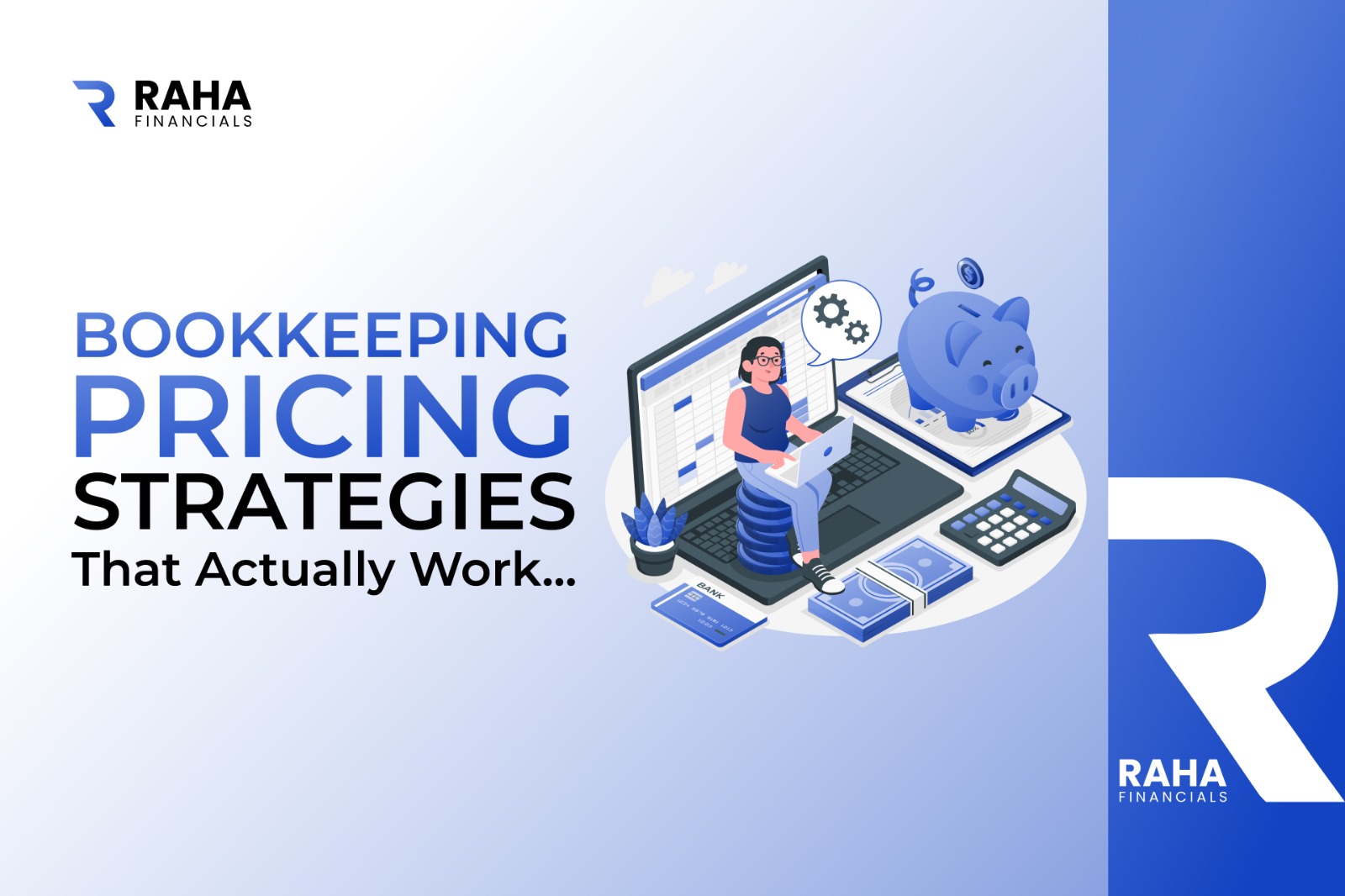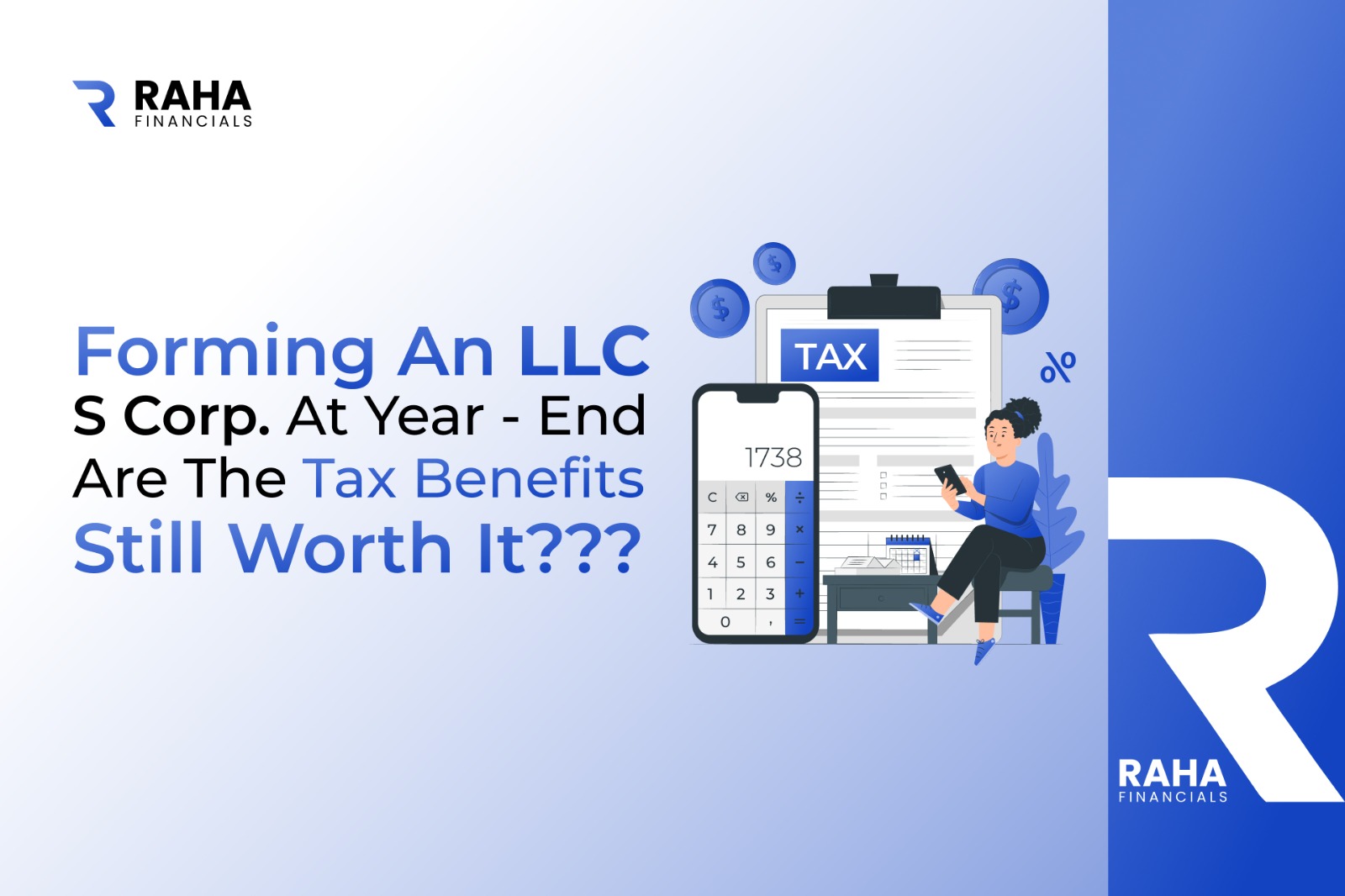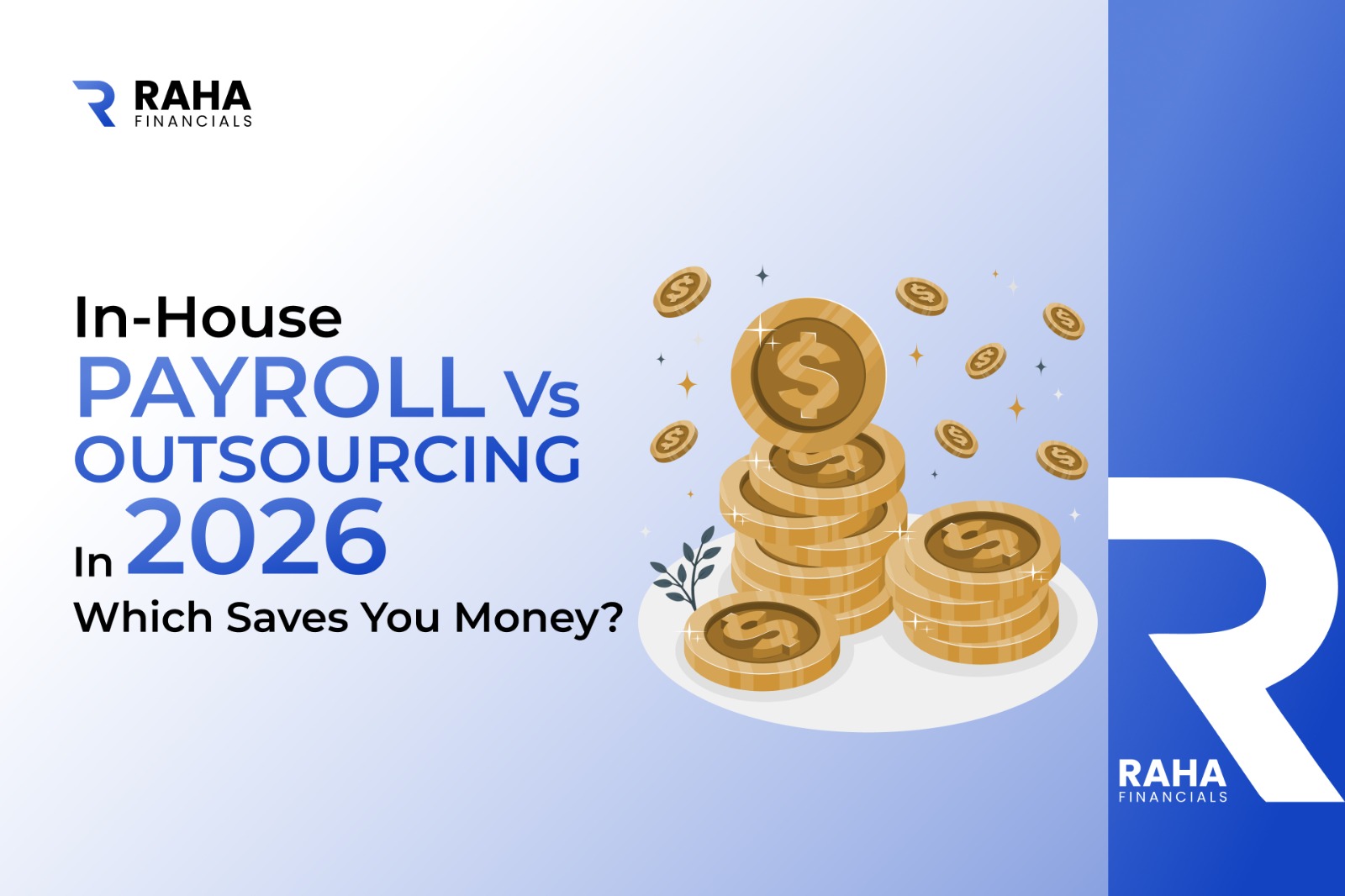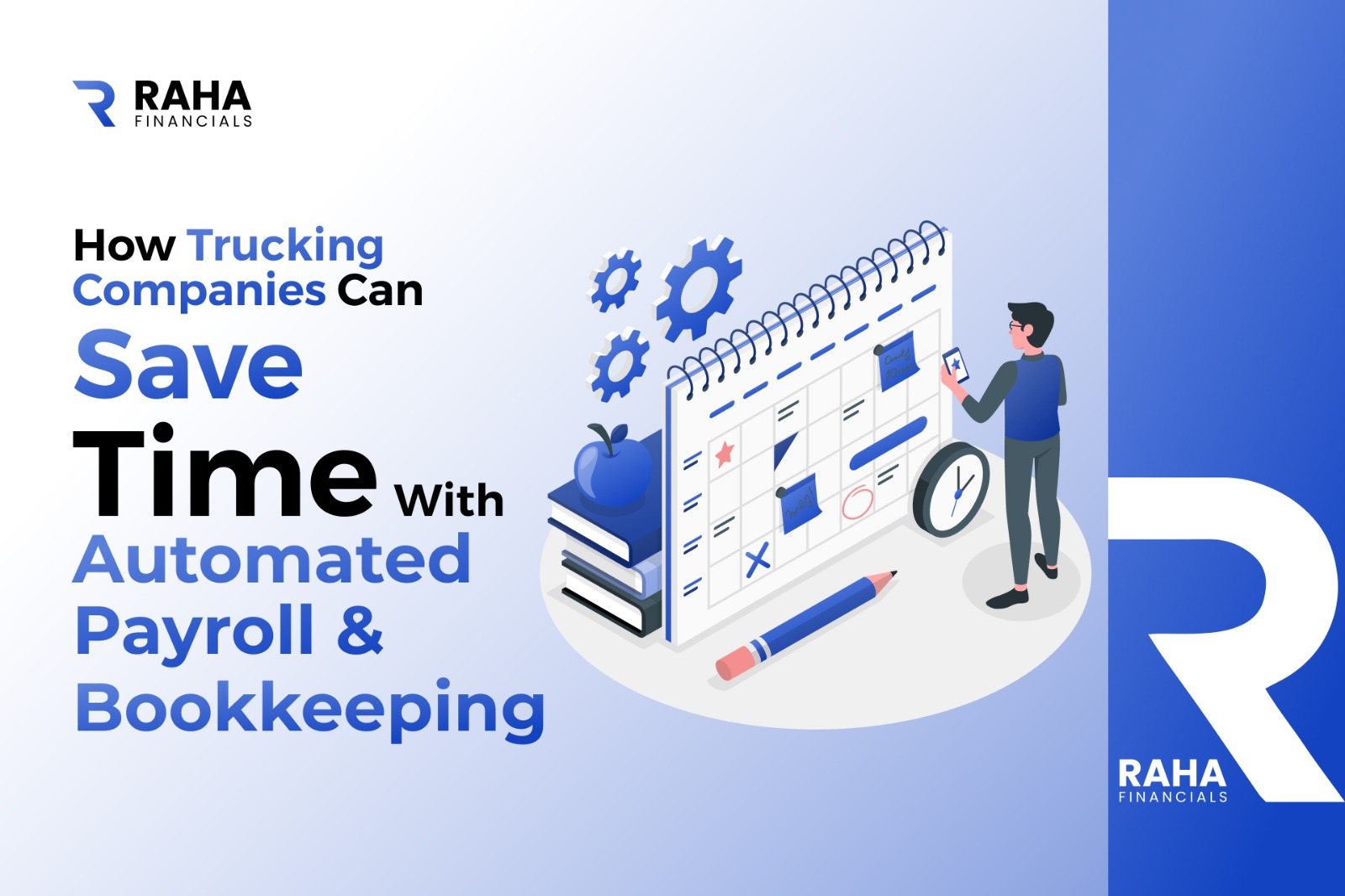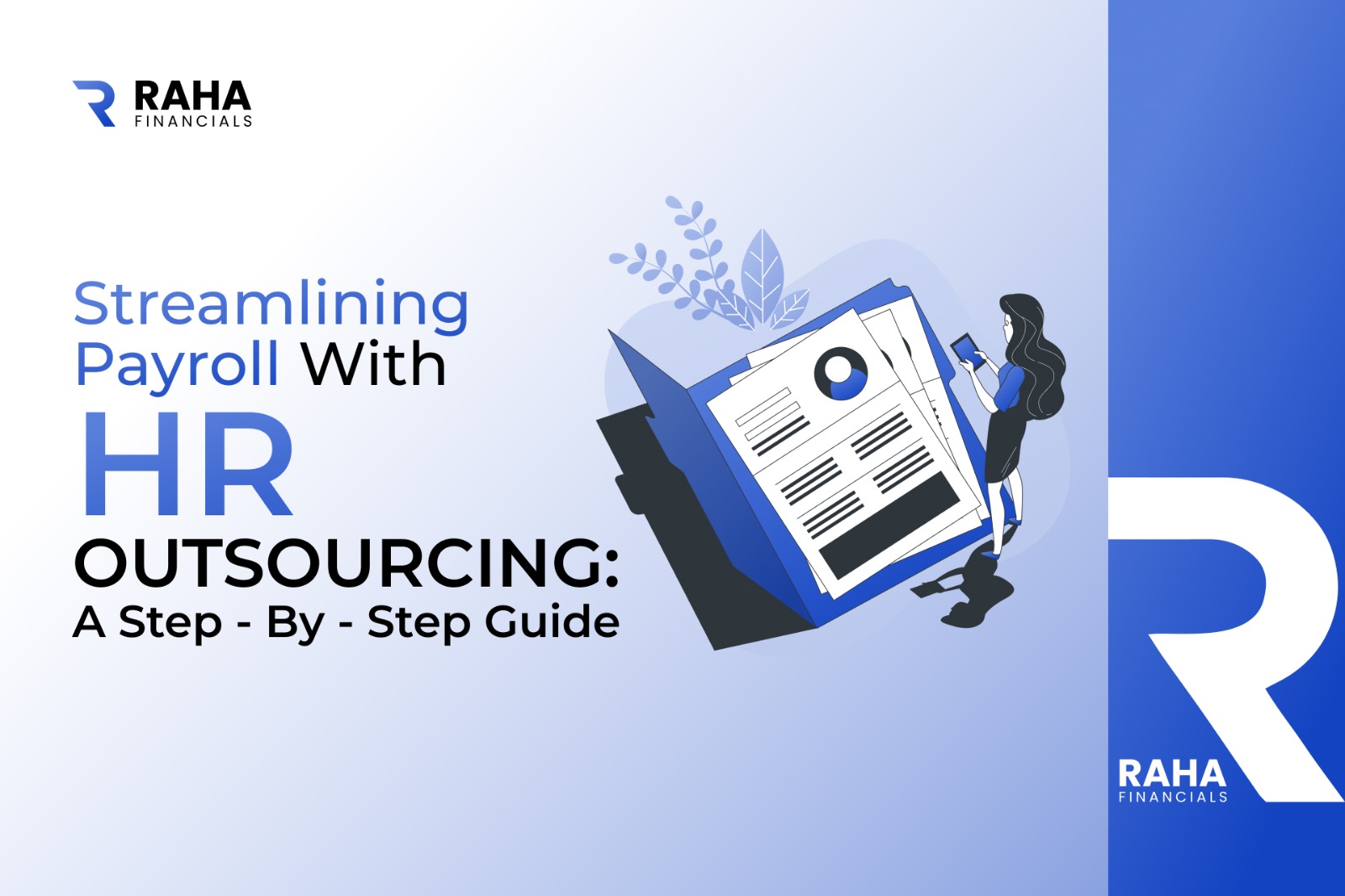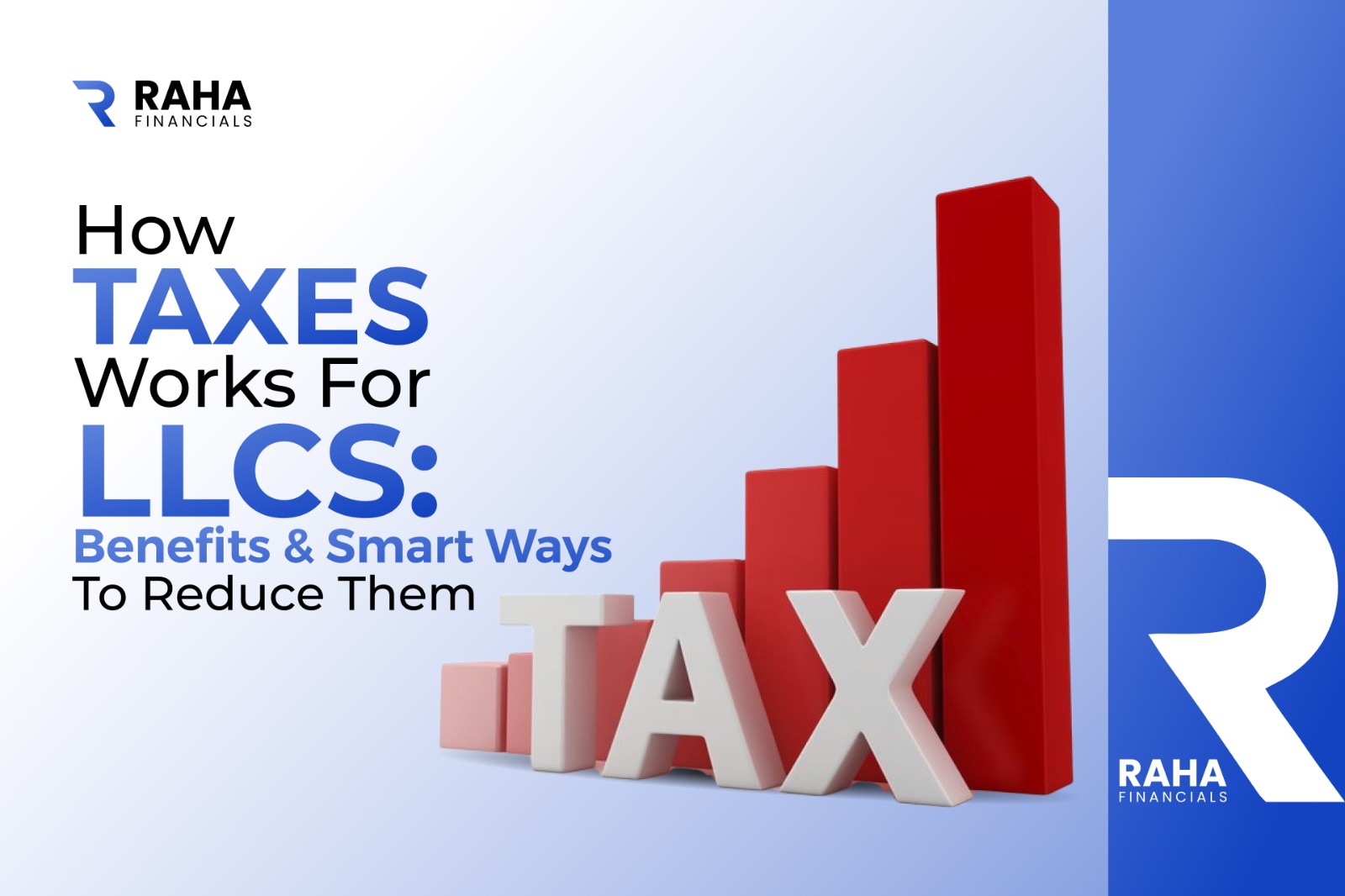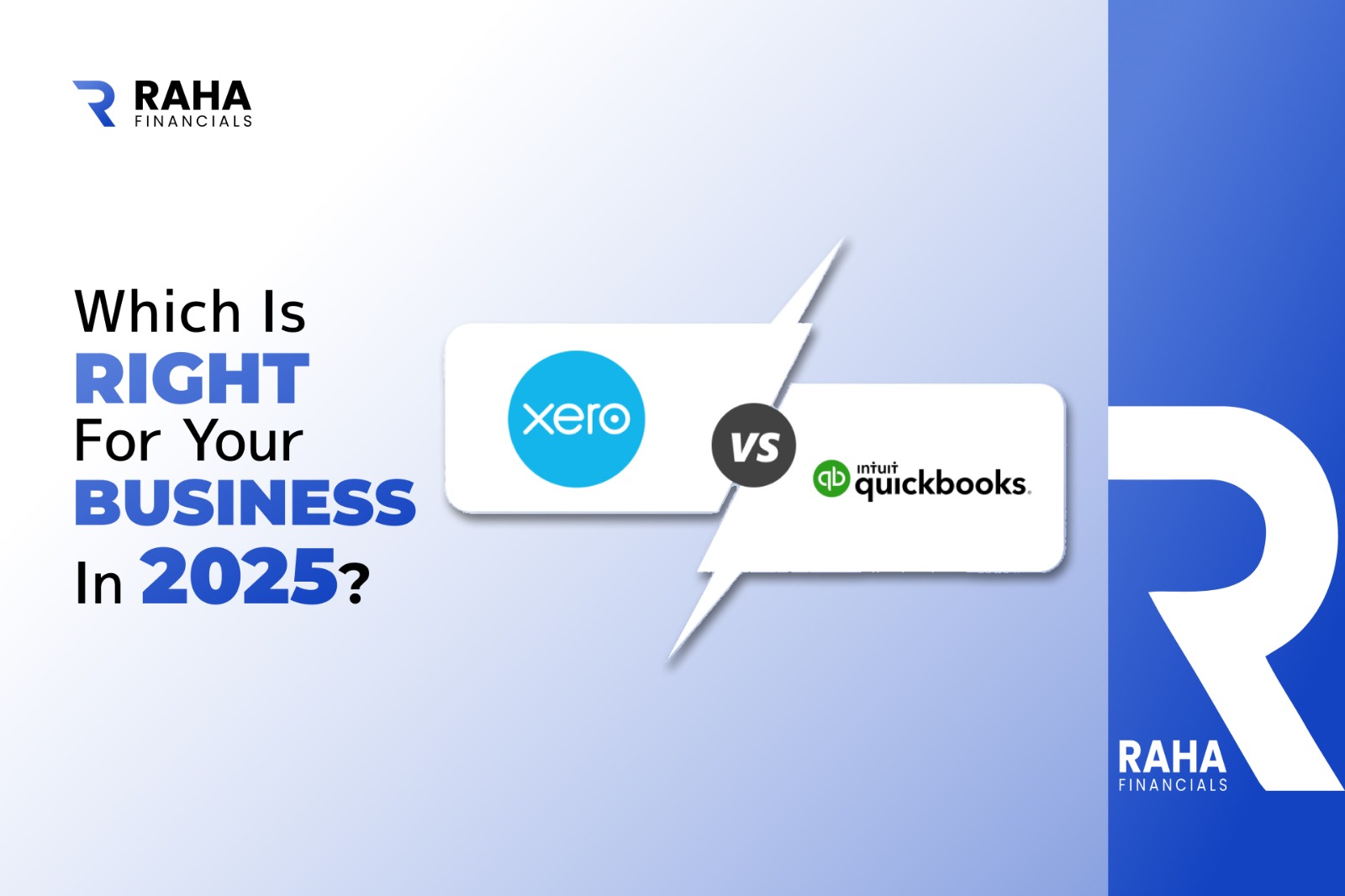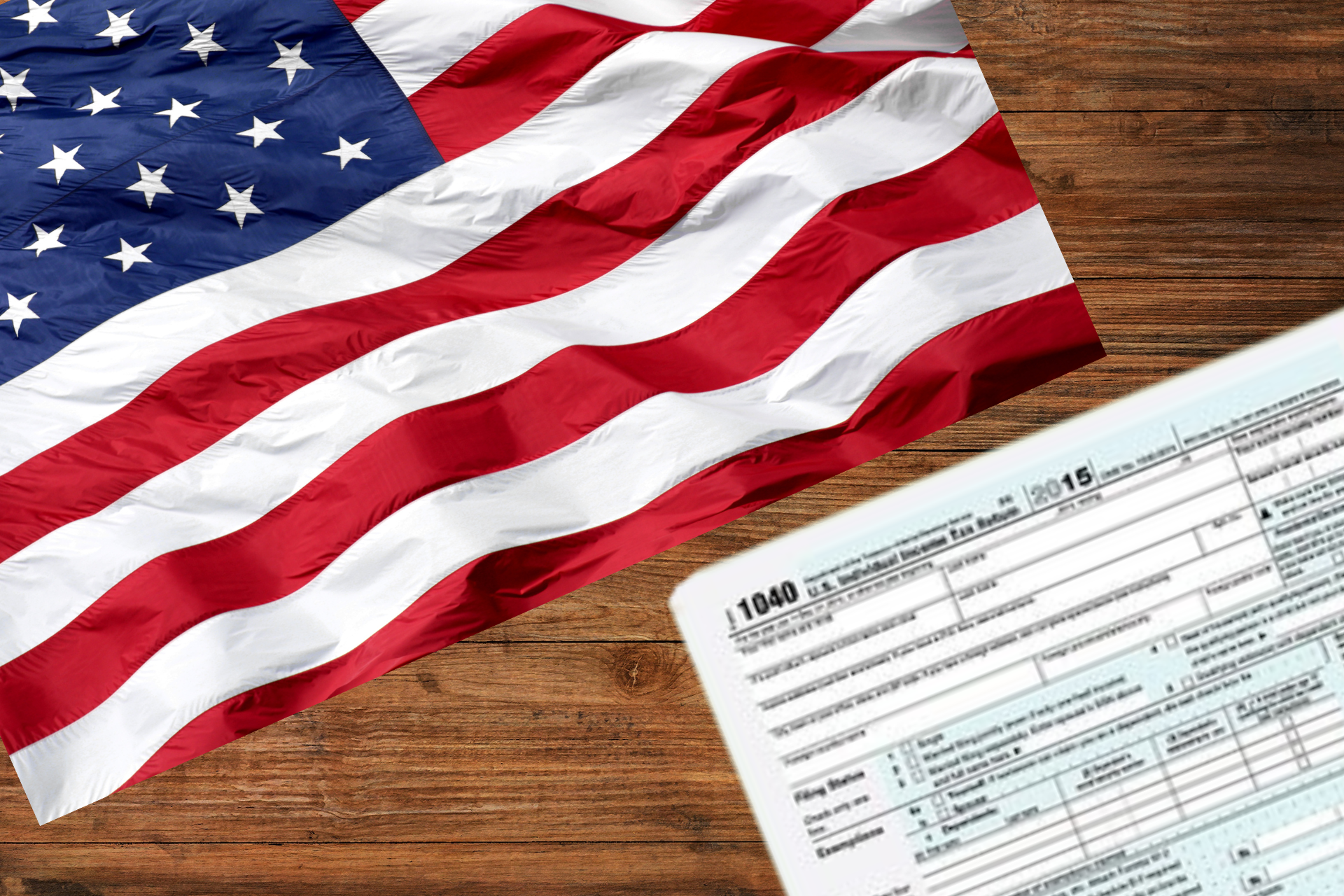As a bookkeeper, setting the right price for your services can make or break your business. With clients demanding transparency and value, finding the most effective bookkeeping pricing strategies is crucial. Whether you’re just starting out or refining your pricing approach for 2026, understanding how to price bookkeeping services is essential for long-term profitability. In this guide, we’ll cover the top bookkeeping service pricing models, share bookkeeping pricing mistakes to avoid, and help you figure out the best way to price bookkeeping services in today’s competitive market.
How to Price Bookkeeping Services: Key Factors to Consider
Before diving into specific pricing models, it’s important to know the key factors that influence bookkeeping rates 2026:
- Scope of services: Are you offering basic data entry or full-service bookkeeping with financial reporting, tax filings, and payroll?
- Business size: Are you working with small businesses, mid-sized companies, or large corporations? The complexity and volume of work differ greatly between these.
- Location and market demand: Pricing may vary depending on geographic location, with urban markets often commanding higher rates.
Flat Rate vs Hourly Bookkeeping Pricing: Which Is Best for Your Business?
One of the first decisions when setting your bookkeeping fees structure is choosing between flat rate vs hourly bookkeeping pricing. Each model has its advantages and disadvantages, depending on your client base and the nature of the work.
Flat Rate Bookkeeping Pricing
- Pros: Predictable costs for clients, easier to manage for the bookkeeper
- Cons: Requires clear definition of services and scope; potential for underpricing on larger projects
Best for: Small businesses with consistent, repeatable bookkeeping needs
Hourly Bookkeeping Pricing
- Pros: More flexibility, ideal for variable workloads
- Cons: Can be difficult for clients to budget; time-consuming to track
Best for: Clients with fluctuating needs or one-off bookkeeping tasks
Value-Based Bookkeeping Pricing: A Strategic Approach for 2026
In 2026, value-based bookkeeping pricing is becoming increasingly popular, particularly for clients who see bookkeeping as a business partnership rather than a simple task. This pricing model charges based on the value you provide, rather than the time spent.
For example, if your services contribute directly to a business’s revenue growth or cost savings, you can set higher rates. This strategy often results in higher pricing but offers more long-term client relationships.
How to implement value-based pricing:
- Understand the client’s pain points and how your services solve them
- Set pricing based on the value you deliver (e.g., financial analysis that saves time or uncovers tax deductions)
- Align your pricing with the client’s ROI from your services
Bookkeeping Packages Pricing: The Most Popular Model for Small Businesses
Bookkeeping packages pricing has become a go-to strategy for offering a range of services at fixed rates. By bundling services into packages, you make it easier for small business owners to understand what they’re paying for and offer tiered pricing to cater to different business needs.
For example, you might offer:
- Basic Package: Monthly transaction entry and bank reconciliation
- Standard Package: Basic + monthly financial statements
- Premium Package: Standard + tax filings and payroll
This model provides a clear path for clients to scale their services as their business grows.
How Much to Charge for Bookkeeping: Factors Influencing the Price
So, how much to charge for bookkeeping in 2026? The average cost of bookkeeping services 2026 varies based on the factors discussed, but here are some general benchmarks:
- Small businesses: Typically, bookkeeping fees range from $300 to $1,000 per month
- Mid-sized businesses: Pricing can range from $1,000 to $3,000 per month, depending on the complexity
- Hourly rates: Bookkeepers generally charge $30–$100 per hour, depending on experience and location
Remember, these are average figures and can fluctuate based on your expertise, location, and the services you provide. Use a bookkeeper pricing calculator to help determine the best rates for your clients.
Bookkeeping Pricing Mistakes to Avoid
When setting your rates, it’s easy to make some common bookkeeping pricing mistakes. Here are a few to watch out for:
- Underpricing your services: Especially if you’re offering comprehensive services. Don’t sell yourself short.
- Overcomplicating your pricing: Clients prefer simple, transparent pricing models. Keep your rates clear and easy to understand.
- Not adjusting for inflation: Regularly review and adjust your prices to keep up with market demand and inflation rates.
- Failing to assess client needs properly: Charging the same rate for all clients without considering their individual needs can lead to dissatisfaction and lost revenue.
The Best Way to Price Bookkeeping Services for 2026
The best way to price bookkeeping services depends on your target market, your business model, and the value you offer. For many bookkeepers, a hybrid approach works best:
- Base fees: A flat rate for routine services
- Add-on pricing: Charges for additional services such as tax preparation, financial consulting, and payroll
- Value-based pricing: For clients where you can demonstrate a direct link between your work and their business success
Regularly revisiting your pricing strategy and using tools like a bookkeeper pricing calculator will help you stay competitive.
FAQs on Bookkeeping Pricing Strategies
1. What are the average bookkeeping rates for 2026?
For small businesses, the average monthly fees range from $300 to $1,000, while mid-sized companies might pay between $1,000 and $3,000 per month. Hourly rates range from $30 to $100 depending on complexity.
2. Is flat rate bookkeeping pricing better than hourly?
It depends on the client’s needs. Flat rate pricing is ideal for consistent work, while hourly rates offer flexibility for businesses with fluctuating needs.
3. How do I determine the best pricing model for my bookkeeping services?
Consider factors like the type of client, service complexity, and how much value you bring. A mix of flat rate and value-based pricing may be ideal for many businesses.
4. What are the benefits of offering bookkeeping packages pricing?
Packages allow clients to easily understand what they’re paying for and scale their services as their business grows. It also offers more predictable revenue for you.
5. How do I avoid pricing mistakes?
Make sure your pricing reflects the value you provide, is competitive with industry standards, and is transparent for your clients. Regularly review your pricing strategy to avoid underpricing.
Conclusion: Implementing Effective Bookkeeping Pricing Strategies
Setting the right pricing for your bookkeeping services can be a game-changer in 2026. Whether you choose a flat rate, hourly model, or value-based approach, your pricing structure should reflect the value you provide while keeping client satisfaction in mind. By avoiding common bookkeeping pricing mistakes and using the right bookkeeping pricing guide, you can create a sustainable business model that benefits both you and your clients.
Ready to Refine Your Bookkeeping Pricing Strategy?
If you’re unsure about how to price bookkeeping services or need guidance on creating a tailored bookkeeping fees structure, we’re here to help. Contact us today to get a bookkeeper pricing calculator and see how affordable bookkeeping services can enhance your business!
Reach out now and take your bookkeeping business to the next level in 2026.
